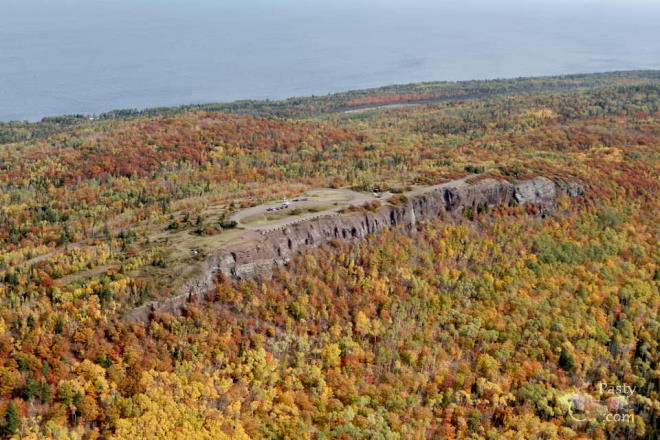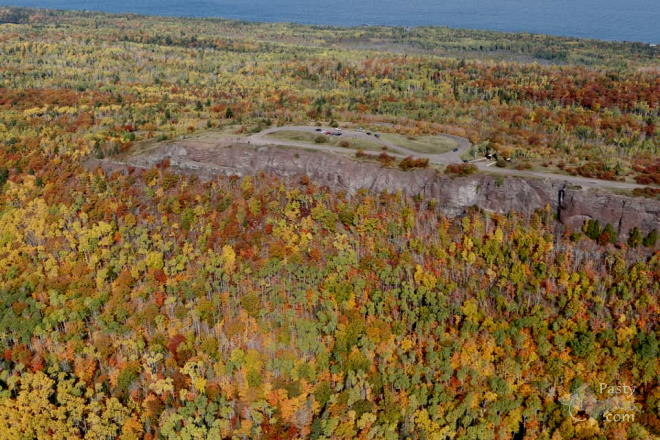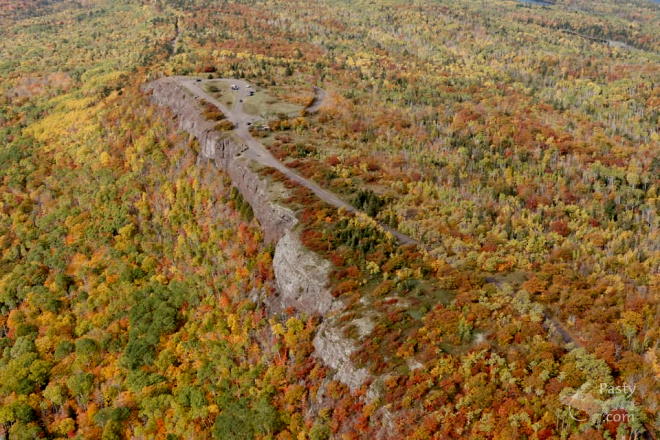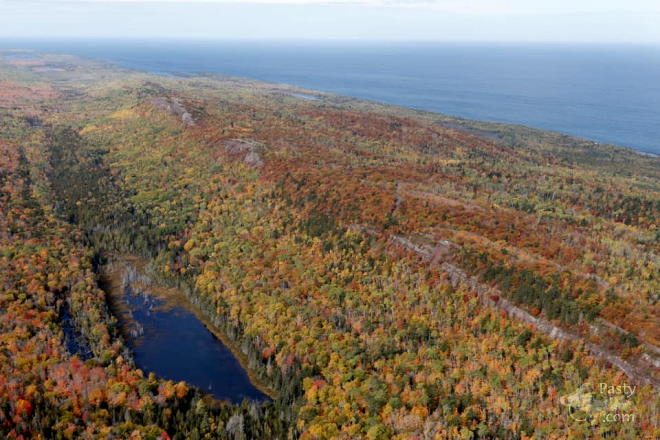By Donna (Donna) on Saturday, October 17, 2020 - 03:53 pm:
Yep...that was known as the "Civilian Conservation
Corp"...they put those fences in going up the
mountain, the fences by the Mountain Lodge, the
rock Boat in Mohawk, there's one in Centennial
Heights and I've heard there's a stone plane
somewhere around the Quincy Mine area..but I don't
recall ever seeing that..I have seen the one in
the
Heights and everyone heading to the Harbor has
seen
the boat in Mohawk.....
Off Wikipedia;
The Civilian Conservation Corps (CCC) was a
voluntary public work relief program that operated
from 1933 to 1942 in the United States for
unemployed, unmarried men ages 18–25, it was
eventually expanded to ages 17–28.[1] Robert
Fechner was the first director of this agency,
succeeded by James McEntee following Fechner's
death. The CCC was a major part of President
Franklin D. Roosevelt's New Deal that provided
manual labor jobs related to the conservation and
development of natural resources in rural lands
owned by federal, state, and local governments.
The CCC was designed to provide jobs for young men
and to relieve families who had difficulty finding
jobs during the Great Depression in the United
States. Maximum enrollment at any one time was
300,000. Through the course of its nine years in
operation, 3 million young men participated in the
CCC, which provided them with shelter, clothing,
and food, together with a wage of $30 (equivalent
to $590 in 2019) per month ($25 of which had to be
sent home to their families).[2]
CCC-built bridge across Rock Creek in Little Rock,
Arkansas
The American public made the CCC the most popular
of all the New Deal programs.[3] Sources written
at the time claimed[4] an individual's enrollment
in the CCC led to improved physical condition,
heightened morale, and increased employability.
The CCC also led to a greater public awareness and
appreciation of the outdoors and the nation's
natural resources, and the continued need for a
carefully planned, comprehensive national program
for the protection and development of natural
resources.[5]
CCC workers constructing a road in what is now
Cuyahoga Valley National Park, 1933
154th Co.. CCC, Eagle Lake Camp NP-1-Me. Bar
harbor Maine, February 1940
CCC camps in Michigan; the tents were soon
replaced by barracks built by Army contractors for
the enrollees.[6]
The CCC operated separate programs for veterans
and Native Americans. Approximately 15,000 Native
Americans participated in the program, helping
them weather the Great Depression.[7]
By 1942, with World War II and the draft in
operation, the need for work relief declined, and
Congress voted to close the program.[8]
By FRNash/PHX, AZ (Frnash) on Sunday, October 18, 2020 - 06:01 pm:
1. WikedyPedia links:
a. (click →) Brockway Mountain Drive
b. (click →) Civilian Conservation Corps
2. "Keweenaw Fall Color Adventure" video:
That was a very nice tour of the best Fall color in the USA, and it wasn't quite at peak yet. -- "Eat your heart out, New England!".
But I'm still waiting to learn "what the quinoa is all about". <Wink, wink.>
Huh? Whut?
Being slightly hard of hearing, I like to use closed captions whenever available, in case I miss some little detail.
Don'cha just love closed captions? (quoted here verbatim):
Quote:"… I realized that Andy had never been up here except during hockey season so my thought was we're going to start at the top of copper harbor and we're going to work our way down through houghton and I am going to show him what the quinoa is all about. …"
3. I'm still waiting to see some closed caption text somewhere refer to "Keweenawan" as "Qanon". <Eeek! Groan!>









